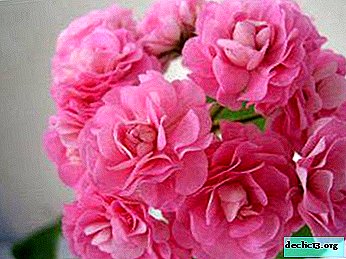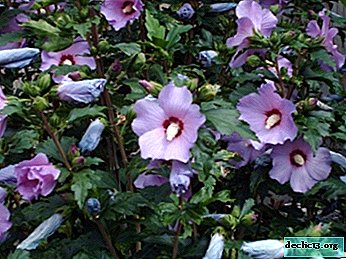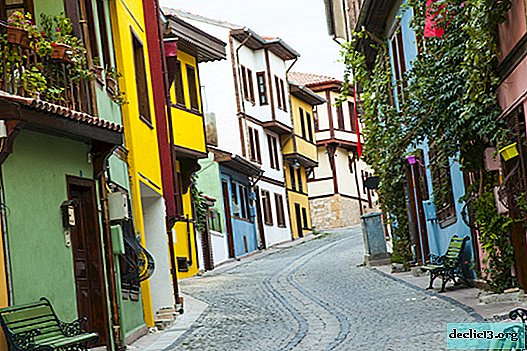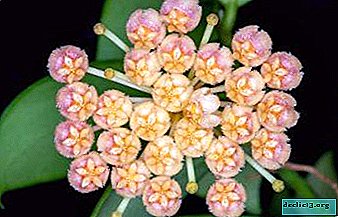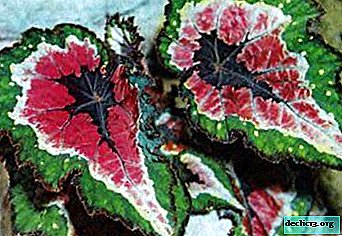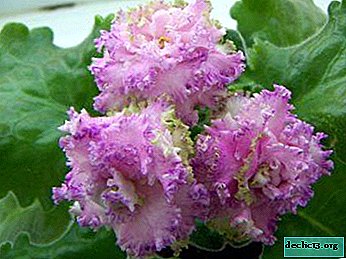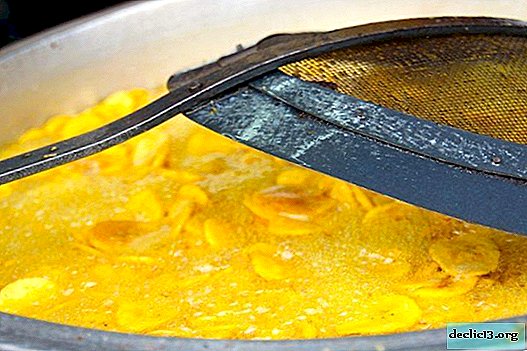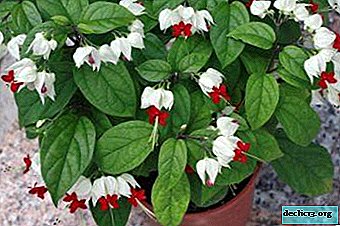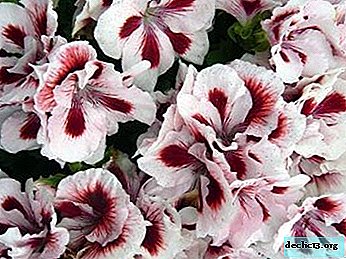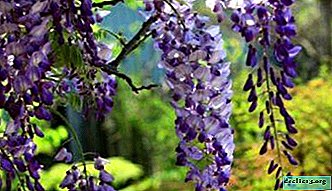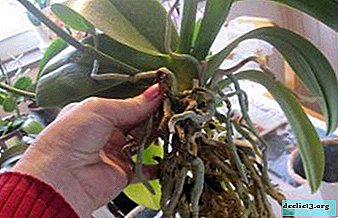Photos and names of fluffy cacti. Features of the cultivation and maintenance of shaggy succulents
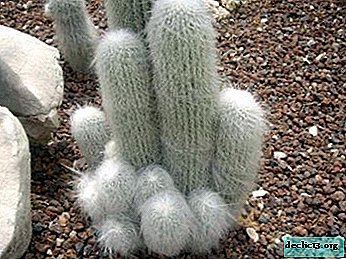
Cactus is a plant that has already been loved by many gardeners. Its popularity is provided by a variety of forms, unpretentiousness in leaving and colorful flowers which appear not so often.
Fluffy cacti, which are sometimes also called hairy, occupy a special place in this family.
In the article we will tell you what the distinctive features of fluffy cacti are and how to care for them, what species are and what they are called, and also show photos of these beautiful unpretentious plants that can be purchased both for home and for the workplace.
Growing Features
Fluffy cacti in shape do not differ from other types of familiar domestic cacti. The main difference is that on the surface of the plant there are thin white hairs that completely cover it. Because of this characteristic color of the hairs, plants of this kind have even acquired the nickname "Peruvian old man."
- Fluffy cacti tolerate drought. They need to be watered as the earthen coma dries up, and from October to April, watering can be reduced to 1 time per month, while the plant is in a dormant period.
- The main condition for growing succulents, including fluffy cacti, is a well-drained, slightly acidic soil in which moisture will not linger. Expanded clay or even crushed brick can be added to the pot, which will allow air to pass to the roots of the plant.
- Despite their love of drought, cacti sometimes need to be humidified. However, fluffy cacti should not be bathed in the shower. The hairs covering their surface perform a protective function.
And from moisture, they will no longer be so fluffy and crumple. This breaks the natural protective barrier, and the plant becomes exposed to environmental influences. It is better to simply moisten the air around the plant with fine water dust, which does not settle on the hairs and does not form calcareous deposits on them.
- Fluffy cacti love sunlight. The more hairs on the surface of the succulent, the more light it needs. Moreover, he is not at all afraid of direct sunlight. The main thing is not to expose it sharply to a brightly lit place after winter, but to give it a little getting used to.
Fluffy cacti generally do not bloom at home. Most likely, the lack of flowering is due to the fact that at home on the windowsill they do not reach such sizes as in the natural habitat. Only specialists in equipped greenhouses managed to create comfortable flowering conditions.
Names and photos of species
We suggest that you familiarize yourself with the list of names of various species of shaggy plants from the Cactus family, their descriptions and photos, as well as study brief recommendations on how to care for succulents in order to ensure their comfortable existence.
Cephalocereus senilis (Cephalocereus senilis)

Cephalocereus - a large group of succulent plantsconsisting of approximately 50 species. However, cephalocereus senilis or cephalocereus senile is especially popular.
Cephalocereus does not like excessively moist soil, it needs to be watered only as it dries. At the same time, dry air for the plant is also fatal, so you can not keep it near heating appliances. It is sometimes recommended to moisten the air around the plant.
Cephalocereus does not like organic fertilizers. They can’t be categorically added to the soil, otherwise the plant will react negatively and may become ill.Espostoopsis (Espostoopsis)

Espostoopsis is from Brazil. In nature, it grows up to 4 m, forming thin stems branching at the base. The presence of white fluff, along with yellow hairs, gives the plant a special look. But even such a thick protective layer does not provide adequate protection - with excessively aggressive lighting, espostopsis can burn.
Espostoopsis is very thermophilic and does not tolerate moisture stagnation. In general, this plant is more moody than other types of fluffy cacti. Therefore, in the collections of gardeners is much less common.
Oreocereus selsa (Oreocereus celsianus)

Under natural conditions, selsa oreocereus can grow up to 1 meter in height. Its distinctive feature is the presence of both needles and hairs at the same time. Moreover, over time, the color of the needles changes. In a young cactus, they are yellow, and with age I get a red tint. Flowers in selsa oreocereus are red, but they appear extremely rarely at home and only in fairly mature plants.
Oreocereus selsa is extremely unpretentious in care. The main condition for its comfortable development is the presence of bright lighting.
Oreocereus trolls (Oreocereus trollii)

The birthplace of this cactus is Northern Argentina. Just like the selsa oreocereus described above, it has hairs and needles.
Oreocereus trolls grow up to 60 cm in height. Its stem is covered with long hairs, which can be up to 7 cm in length. To keep the thorns and hairs of this cactus healthy, it is recommended to add a little lime to the soil.
Espostoa nana

The name Espostoa comes from the name of the Peruvian botanist Nicholas Esposto. At home in Peru and Ecuador, these cacti grow on the slopes of the mountains and can reach a height of 5 meters. On the windowsills, its decorative varieties are usually grown, growing up to 70 cm and not having branches.
Espoosta nana has a large number of white hairs. From afar, it resembles a white or silver cocoon, they are so thick.
Espostoa senilis (Espostoa senilis)

Espoosta senilis or Espoosta is a native of Ecuador and central Peru. This is a succulent column-shaped, in nature can reach 2 meters in height.
The rules of care for this species differ little from other succulents. Moderate humidity and bright lighting are indispensable, while the absence of light can cause an irregularly elongated plant shape.
Reference. Espoosta senilis not only blooms only in natural conditions, but also blossoms flowers only at night. Therefore, to find its flowering is a rare success.Mammillaria bocasana

Mammillaria bocasana or Mammillaria bocasana is a stunted succulent native of Mexico. It has a spherical shape. Its characteristic feature is the tendency to form bushes from several plants and the absence of ribs on the surface.
Mammillaria grows quickly enough and propagates well vegetatively. In addition, it blooms more readily at home than other fluffy cacti. Typically, flowering occurs in the summer. Mammillaria flowers are small, up to 2 cm in diameter and can be either light, white or cream, or bright raspberry. If you are interested in learning about other varieties of Mammillaria, we suggest reading this article.
Kleistocactus Strauss (Cleistocactus strausii)

Kleistocactus Strauss is distinguished by its shape. It has an elongated thin trunk, which has about 15-25 ribs. On its surface are thin needles that have a silver tint. They are so thick that they also resemble the hairs inherent in the above varieties, although they are not.
In nature clectocactus can reach 4 meters in heightHowever, it grows very slowly, flowering can occur only in the 5th year of life. As with other fluffy cacti, most often this can only be achieved in the greenhouse.
Despite the fact that the flowering of fluffy cacti is a rare sight and practically impossible at home, you should not refuse to breed them. The unusual appearance of these succulents is so mesmerizing that it will certainly become a favorite in the collection of any grower.

